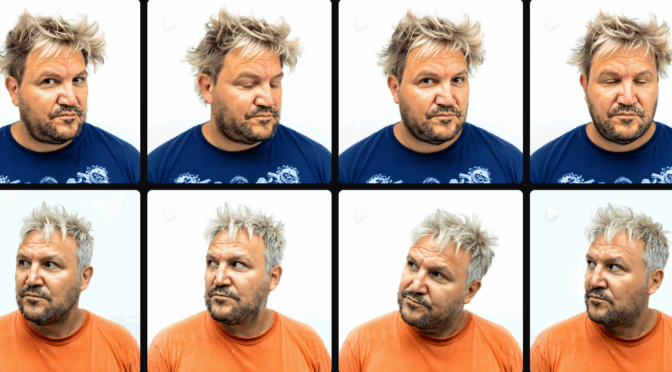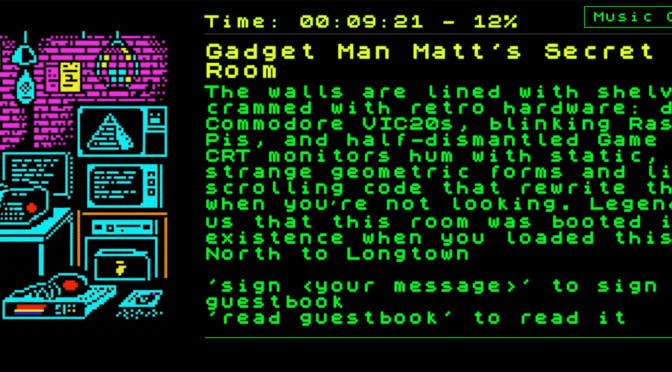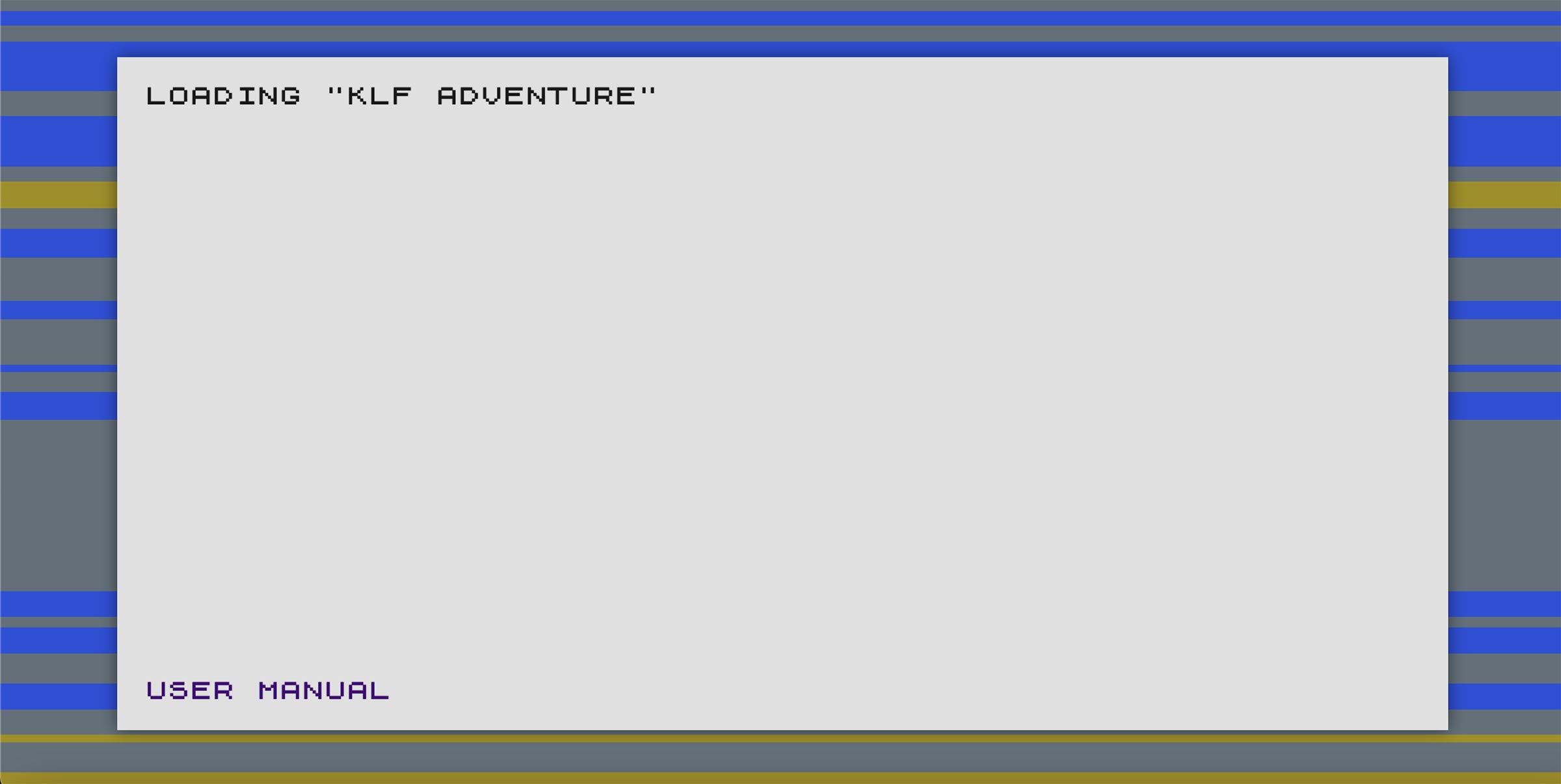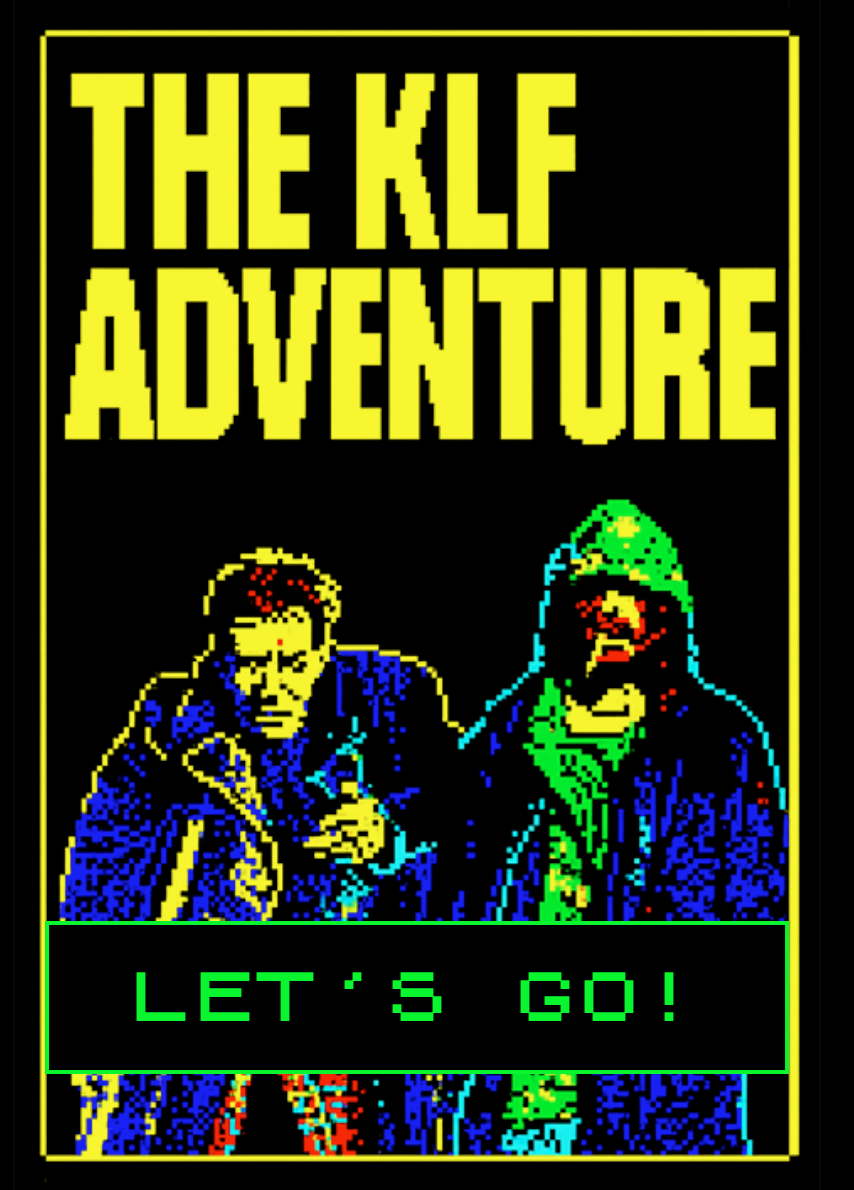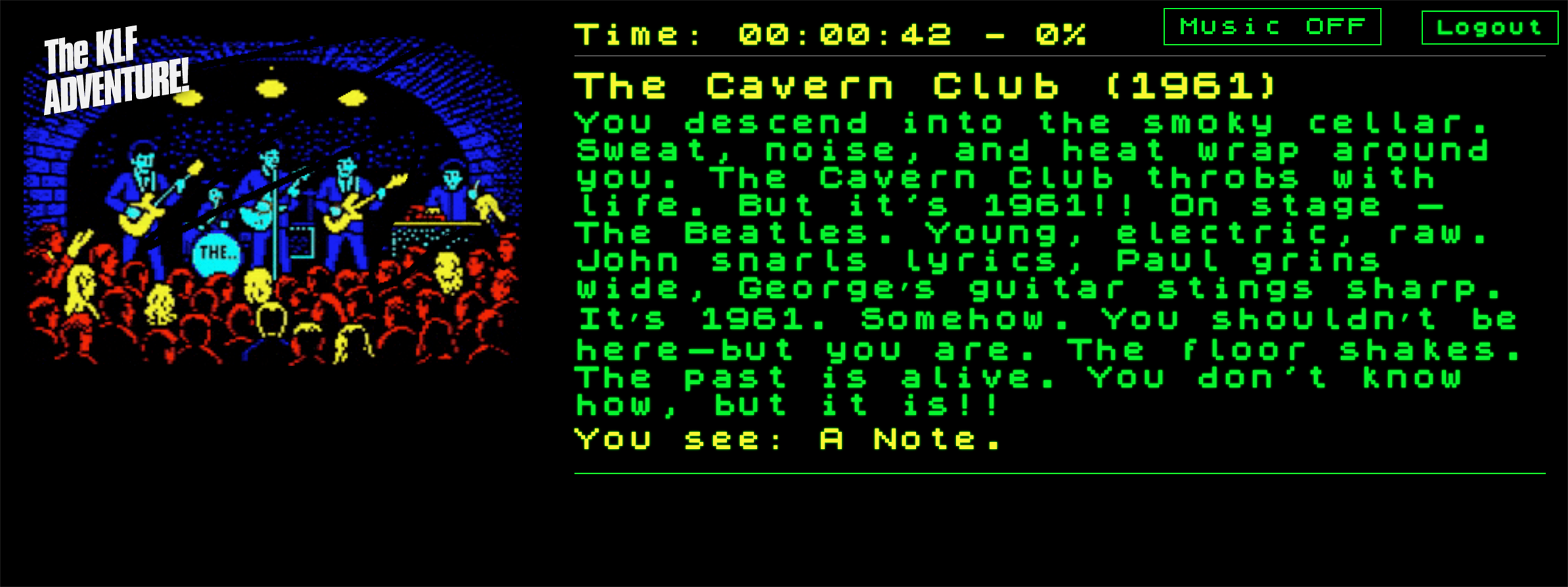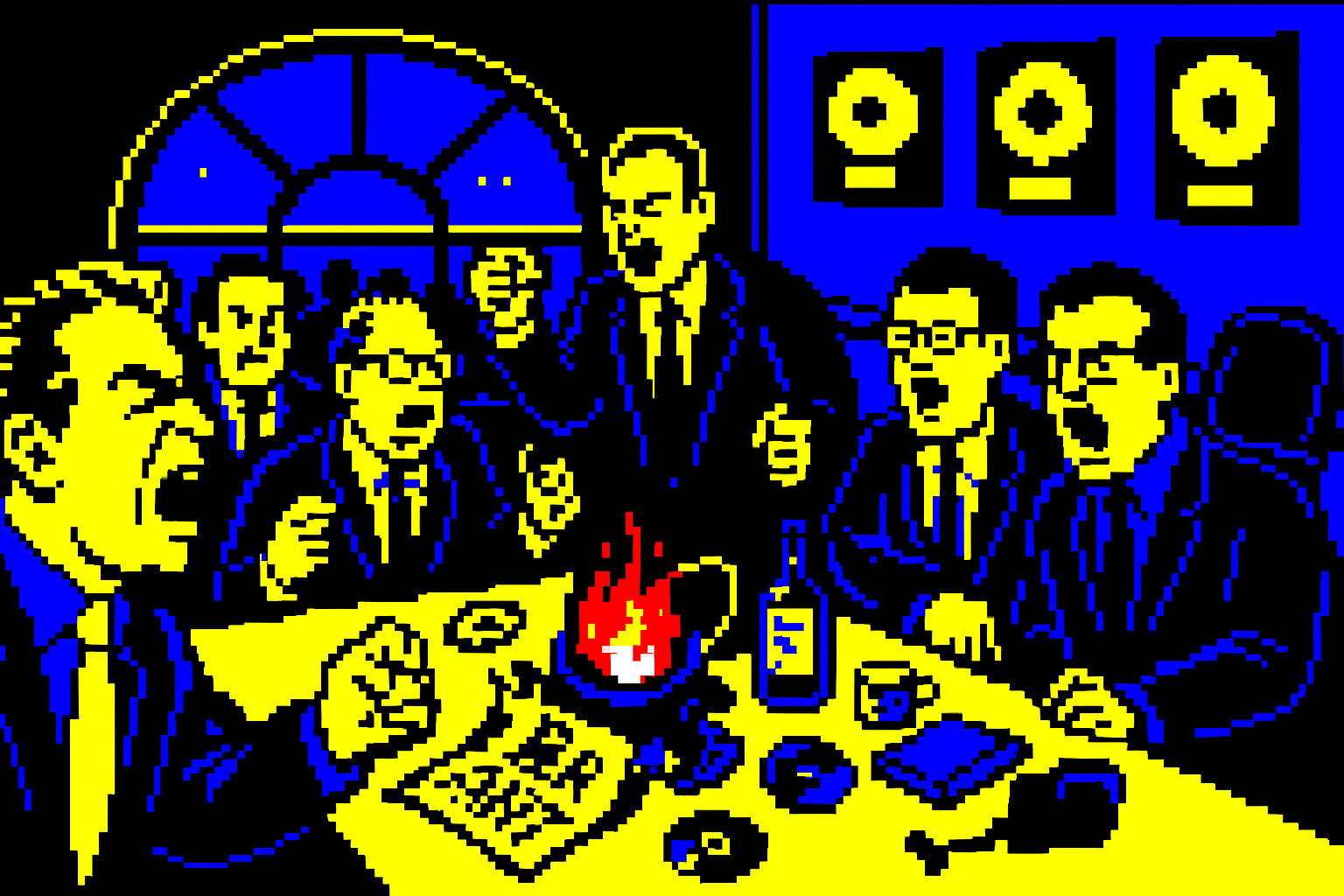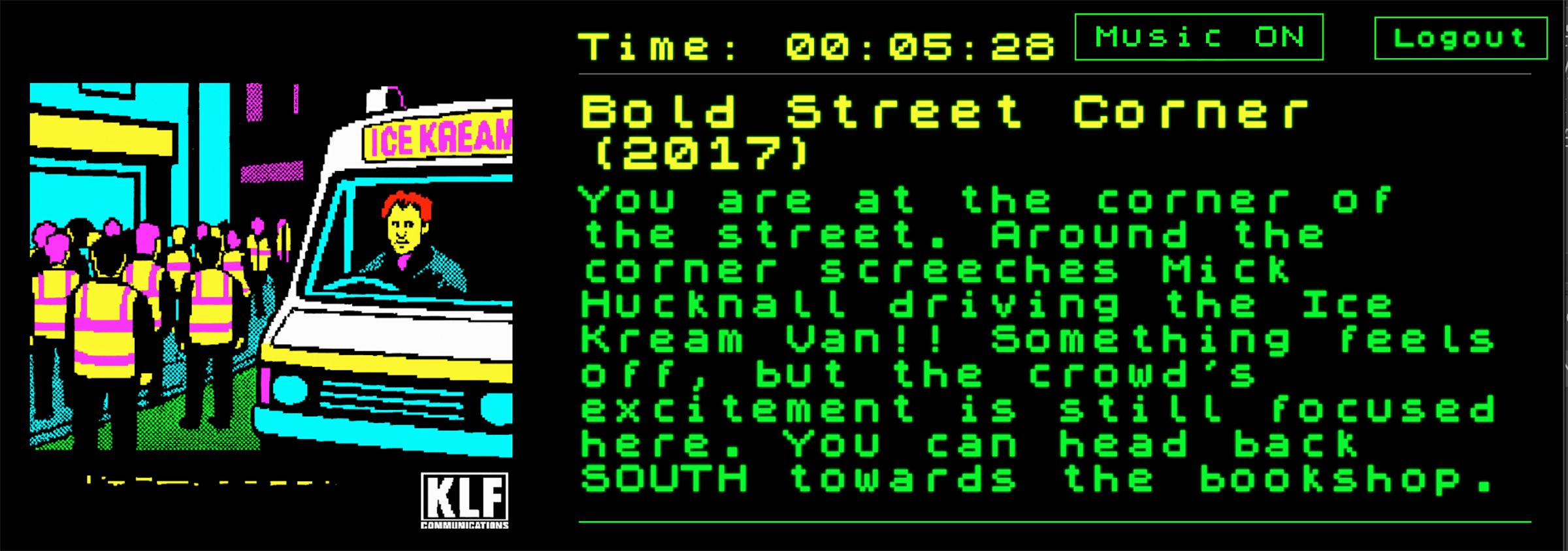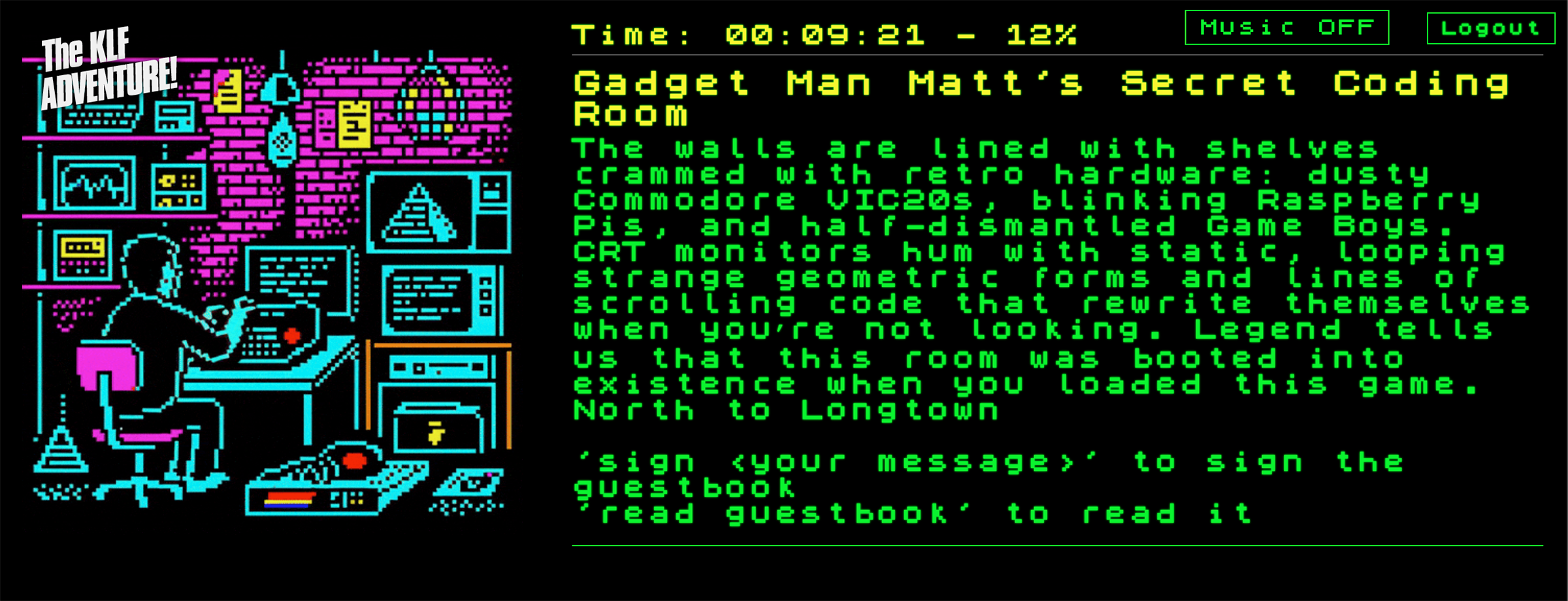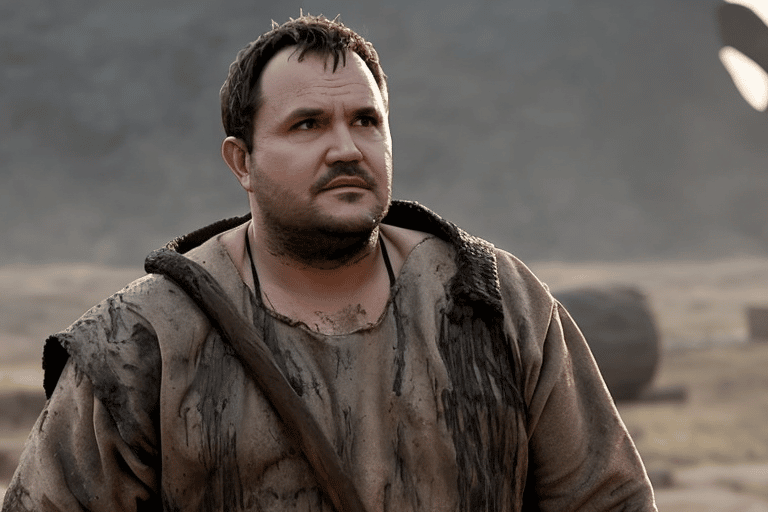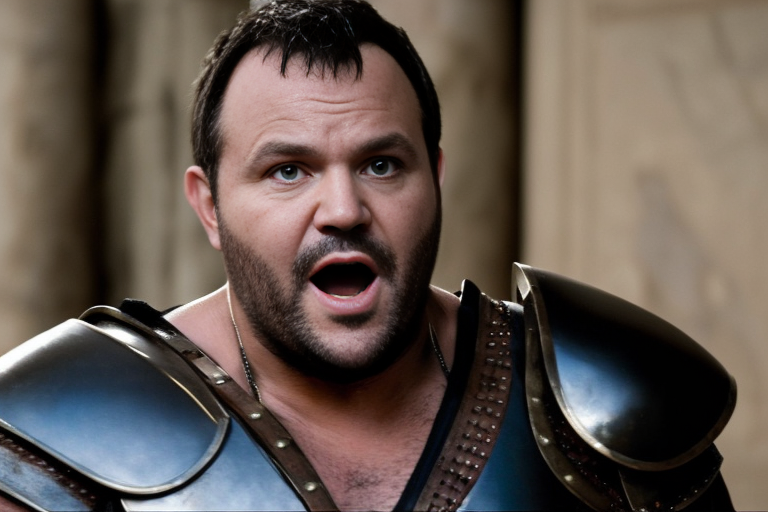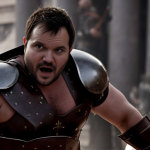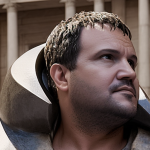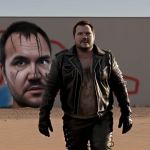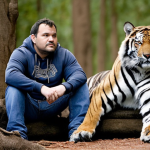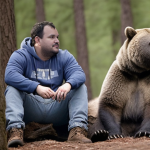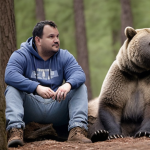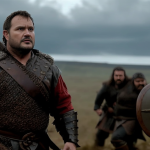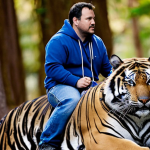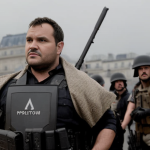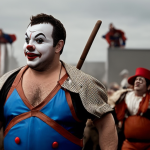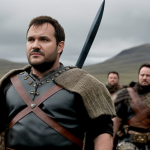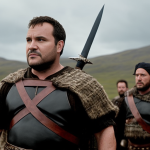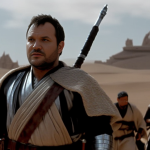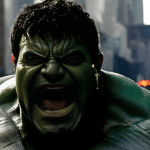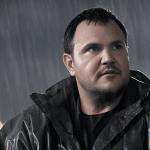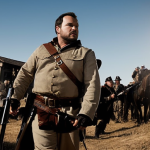From Pixels to Platinum: When AI Designed My New Hairstyle
There’s something oddly thrilling about letting technology take creative control. I’ve spent years testing gadgets, reviewing innovations, and exploring the limits of artificial intelligence — but this time, I let the tech get a little more personal.
A few weeks ago, I asked Midjourney — my go-to AI image generator — a simple question:
“What would The Gadget Man look like with a fresh new hairstyle?”
The result was, quite frankly, impressive. The AI produced a series of strikingly realistic portraits featuring a textured, platinum-blonde cut that looked part cyberpunk, part 21st-century rockstar. I loved it. The catch? It wasn’t real… yet.
The AI Concept
Armed with a few reference prompts and an experimental mindset, I spent an evening fine-tuning the digital version of myself. Midjourney, in its infinite wisdom, decided that bleached hair and choppy texture were the future of The Gadget Man brand.
At first, it was just a bit of fun. But the more I looked at the AI render, the more I realised — this was something I could actually pull off. So, I decided to make it happen.
Turning AI Into Reality
I booked an appointment with my stylist and brought along the AI images on my phone — full 360-degree green-screen shots of the “digital me.” It’s not every day you walk into a salon and say, “I’d like this look, please — it was designed by artificial intelligence.”
To their credit, they didn’t flinch. Instead, we broke it down into human-achievable steps:
- The Cut: Short, faded sides with plenty of texture on top.
- The Style: Tousled and natural, with enough lift to keep things casual.
- The Colour: A cool, silver-white platinum tone — bold but clean.
The Result
Wait and see!!!
AI as a Creative Partner
This little experiment isn’t just about hair — it’s about what happens when AI moves from the screen into the real world. Whether it’s designing products, testing ideas, or in this case, reinventing a hairstyle, AI has become a kind of creative partner.
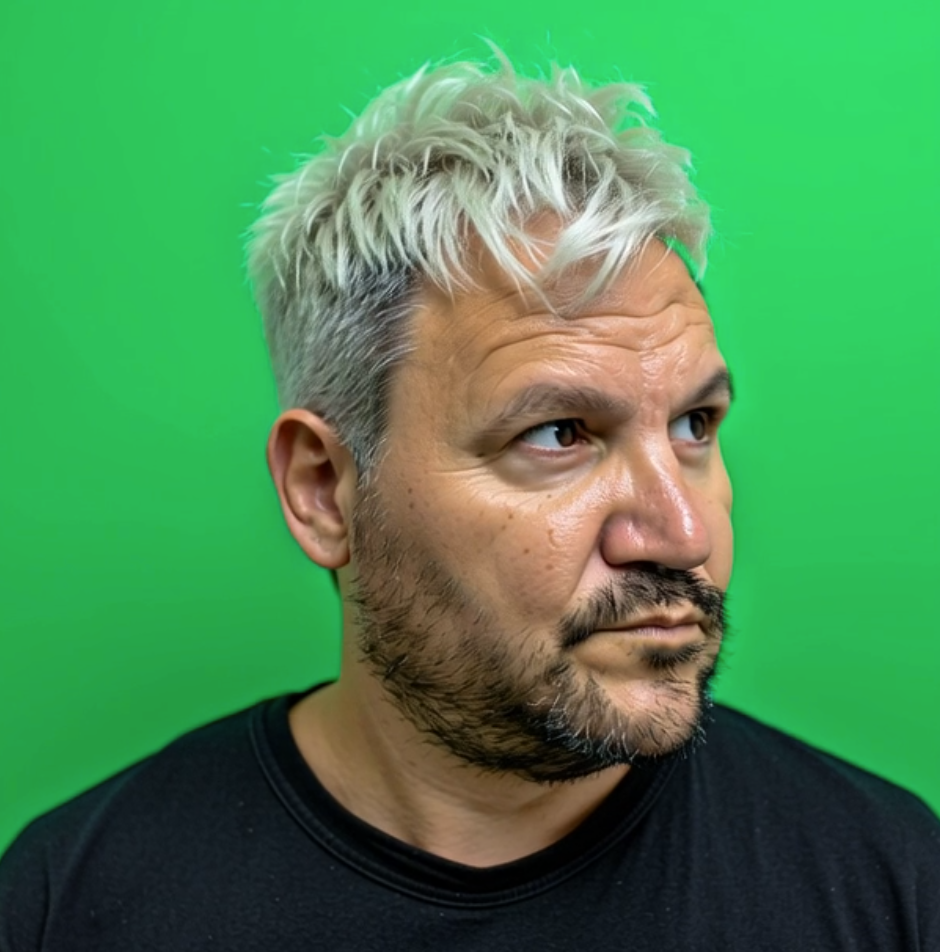
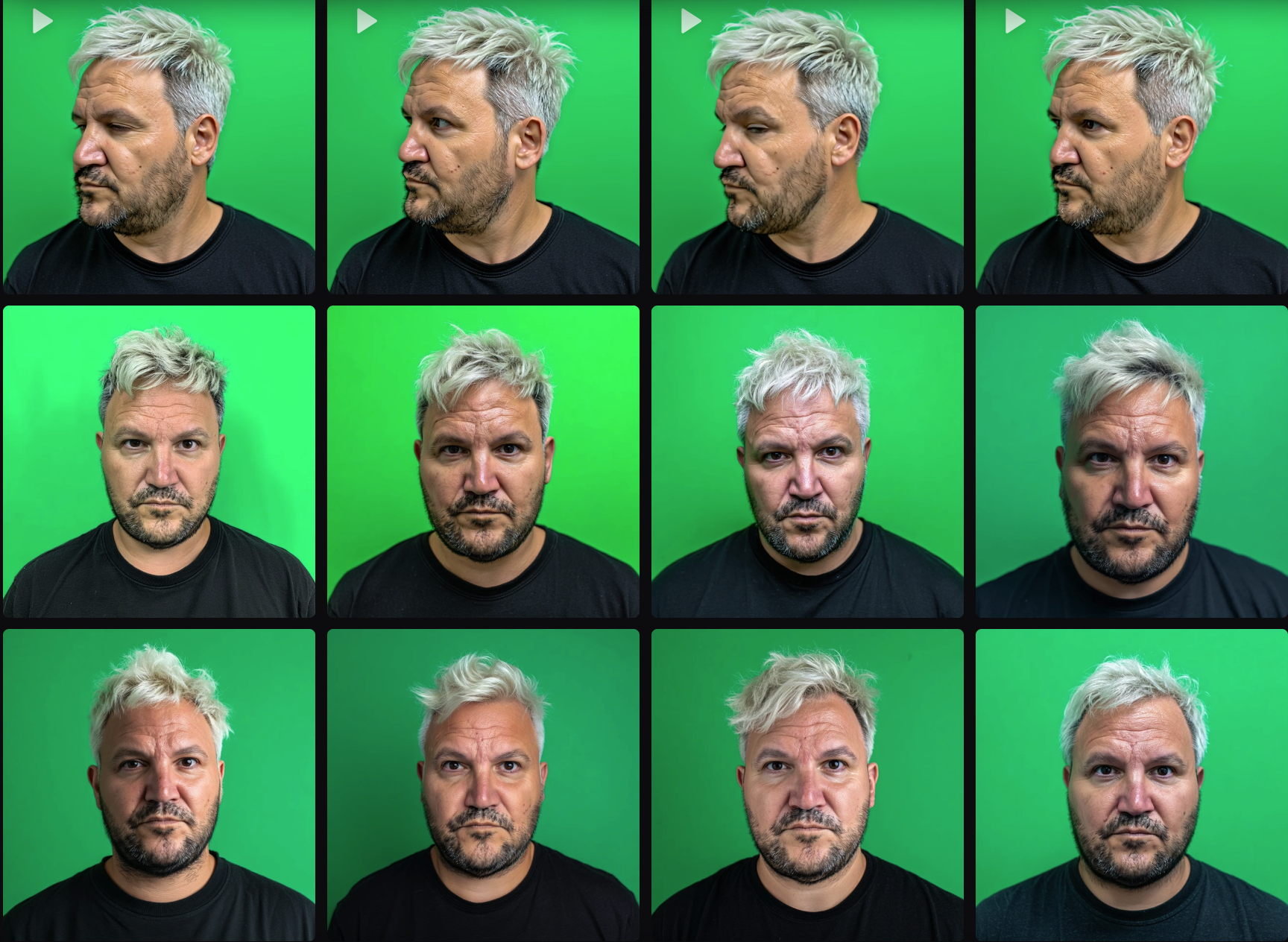
Coming soon: a behind-the-scenes video of the full transformation — from my original hairstyle to the final platinum reveal. Keep an eye on The Gadget Man socials for the big unveil.
#TheGadgetMan #AIstyle #MidjourneyToReality #TechMeetsHuman #FromPixelsToPlatinum

